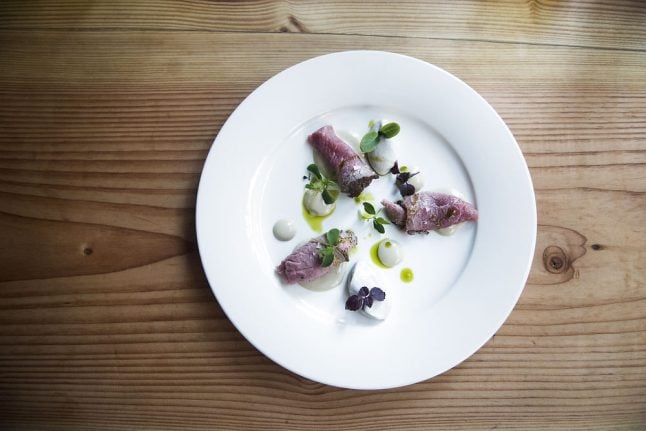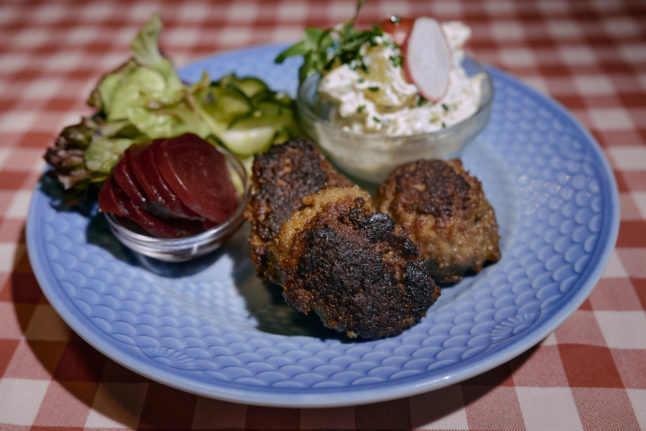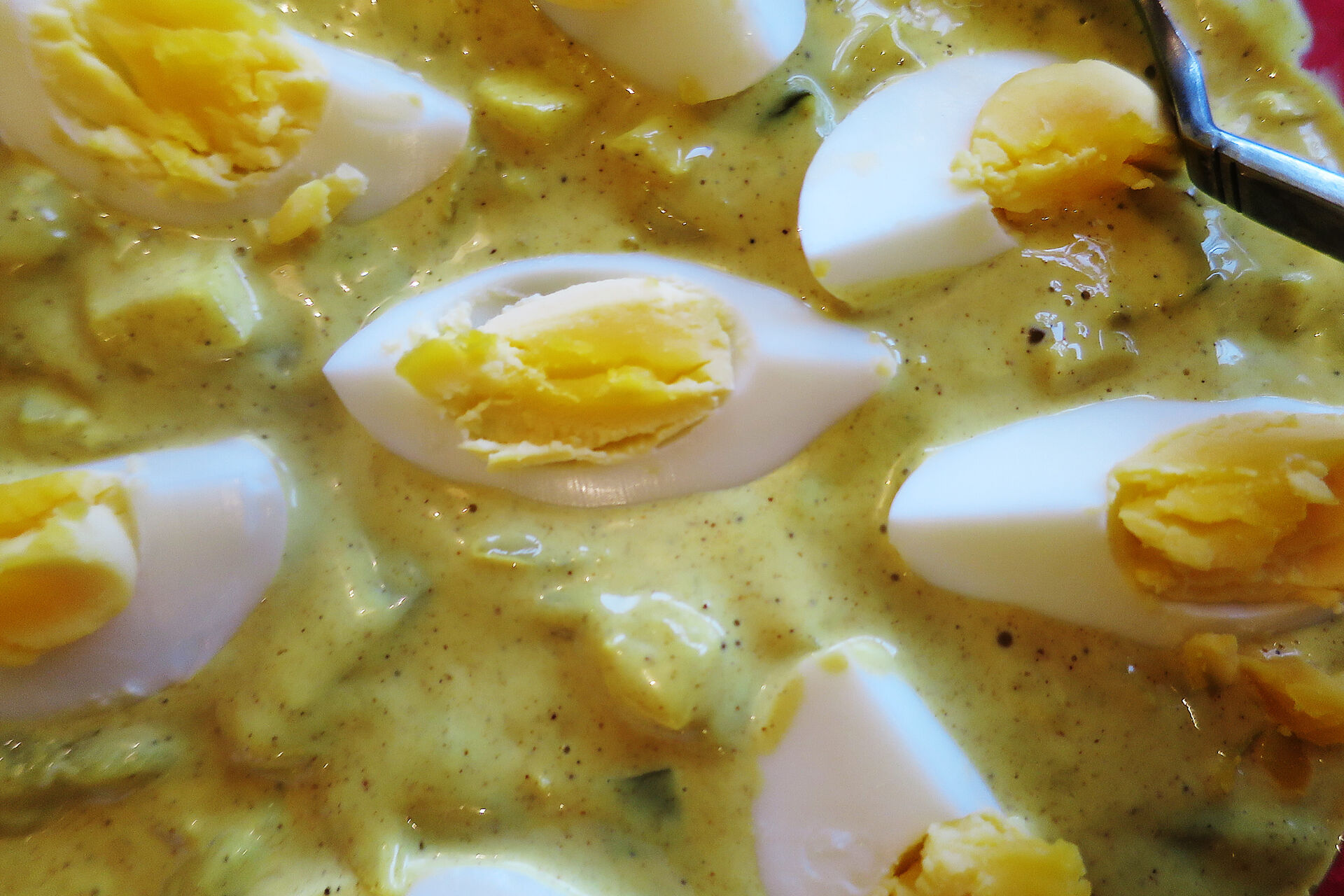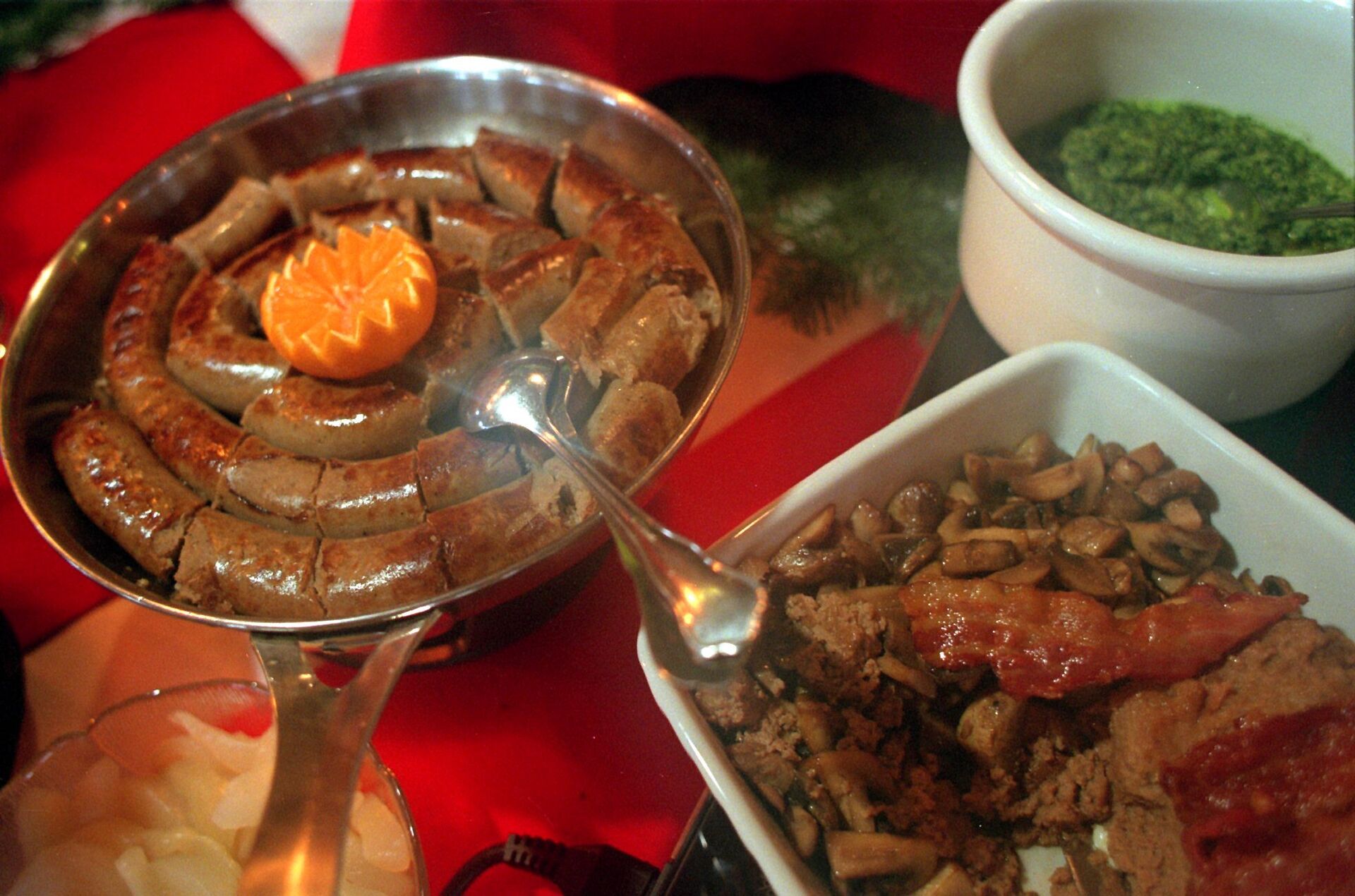The report analyses which country policies and interventions have been inspired by the basic principles of the Mediterranean and Nordic diets, while also examining whether there is evidence of effectiveness in reducing disease.
The traditional Mediterranean diet, originating in the olive-growing areas of southern Europe, is characterized by a high intake of plant-based foods (fruit, vegetables, nuts and cereals) and olive oil; a moderate intake of fish and poultry; and a low intake of dairy products (principally yoghurt and cheese), red meat, processed meats and sweets (for which fresh fruit is often substituted).
Social and cultural factors closely associated with the traditional Mediterranean diet, including shared eating practices, post-meal siestas (afternoon naps) and lengthy meal times, are also thought to contribute to the attributed positive health effects recorded in the Mediterranean region, according to WHO.
The New Nordic diet shares many characteristics with the Mediterranean diet but comprises foods traditionally sourced in Denmark, Finland, Iceland, Norway and Sweden.
Staple components of the New Nordic diet include berries and fruits, fatty fish (herring, mackerel and salmon), lean fish, legumes, vegetables (cabbage and root vegetables) and whole grain cereals (barley, oats and rye).
That provides the basis for healthier eating patterns after decades in which meat-heavy and low vegetable diets, which were also high in salt and saturated fat, dominated Scandinavian dinner tables.
READ ALSO: No one buys more organic food than the Danes: report
Expanding our understanding of how to promote these healthy dietary patterns is an urgent priority, says João Breda, head of the WHO European Centre for control and prevention of noncommunicable diseases (NCDs).
“The latest data continues to indicate that diets in both the Nordic and Mediterranean regions largely do not comply with recommendations. Worryingly, the diets of younger generations increasingly fail to adhere to the Mediterranean diet pattern and several Mediterranean countries are now the countries in Europe with the highest rates of children with obesity,” Breda said in a press statement.
“We would like to underline the importance of better diets for the prevention and control of noncommunicable diseases like cancer, diabetes and cardiovascular diseases as well as obesity. Traditional diets, notably the Nordic and Mediterranean, can have a positive impact on health, environment and well being,” Breda added in a written comment to The Local.
WHO launched its report on Monday at its Regional Office for Europe in Copenhagen, with a one-day symposium jointly organized with the Nordic Council of Ministers. Experts from the Mediterranean and Nordic parts of Europe were present to exchange experience.
The event, which focused on food culture and identity, also involved leading chefs who are often major food influencers and important allies in promoting health diets.
To capitalize on the new awareness and reap the health benefits at population level, countries can collaborate and introduce changes such as nutrition labeling and healthy school lunches, the WHO says on the basis of the report.
Policy makers can also promote work across sectors that will bring opportunities for tourism, agriculture and sustainability, focusing on seasonal, local products.
“Healthier diets have also be found to be better from a climate and environmental perspective, meaning there can be great win-wins in tackling negative dietary patterns,” Mads Frederik Fischer-Møller of the Nordic Council of Ministers' Nordic Food Policy Lab said via WHO's press release.
Only fifteen countries in the WHO European Region currently recommend or implement policies based on the New Nordic and Mediterranean diets emphasizing the health benefits and – in some cases – the cultural significance of these diets, WHO writes in a press release.
Worryingly, the diets in Nordic and Mediterranean countries increasingly fail to adhere to the traditional diet pattern, particularly the younger generations, according to the organization’s report.
“Countries are not using the principles of these diets as much as they could for policy making. As such, we would like to work together with countries and other partners in the development of modern health promotion programs which would be well evaluated and fully inspired by the Mediterranean and Nordic diets,” Breda told The Local.
“Other countries which are not in the Nordic area or the Mediterranean basin could be motivated by these findings and really look for positive elements of their food culture that are healthy and deserve to be promoted,” he added.
READ ALSO: Falling in love with Copenhagen’s food scene: an English speaker's guide





 Please whitelist us to continue reading.
Please whitelist us to continue reading.